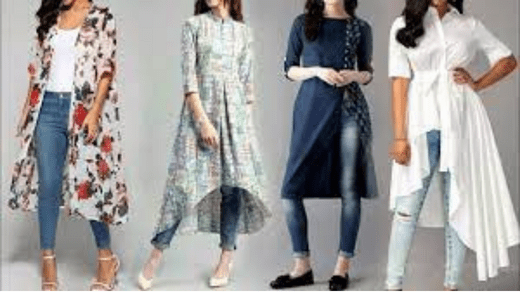Certainly! Here are 30 points discussing sustainable fashion, along with their pros and cons:
Understanding Sustainable Fashion:
- Definition: Sustainable fashion focuses on reducing the environmental and social impacts of clothing production and consumption.
- Ethical Practices: Sustainable fashion considers fair labor practices, workers’ rights, and ethical treatment of employees.
- Environmental Impact: It aims to minimize the use of resources, reduce waste, and lower carbon emissions.
- Materials: Sustainable fashion often utilizes eco-friendly materials like organic cotton, recycled fabrics, and sustainable fibers.
- Slow Fashion: Encourages fewer, high-quality purchases over fast fashion’s disposable approach.
Pros of Sustainable Fashion:
- Reduced Environmental Impact: Lowers the fashion industry’s contribution to pollution, water usage, and greenhouse gas emissions.
- Ethical Production: Supports fair wages, safe working conditions, and workers’ rights.
- Quality Over Quantity: Emphasizes long-lasting, durable clothing items that reduce the need for constant replacements.
- Innovation: Drives innovation in eco-friendly materials and sustainable production techniques.
- Supports Local Economies: Often involves local artisans and small businesses, bolstering local economies.
- Encourages Conscious Consumption: Promotes mindful buying decisions and reduces overconsumption.
- Unique Styles: Offers unique and creative fashion choices compared to mass-produced items.
Cons of Sustainable Fashion:
- Higher Cost: Sustainable fashion items can be more expensive due to ethical and eco-friendly production.
- Limited Accessibility: Sustainable fashion may not be readily available in all regions.
- Limited Variety: Sustainable fashion might have fewer trendy or fast-fashion options.
- Less Affordable for Low-Income Shoppers: The cost can exclude some consumers from participating.
- Lack of Regulation: Lack of standardized labeling and definitions can lead to “greenwashing.”
- Educational Barrier: Consumers may need to research brands and materials to make informed choices.
Shopping Sustainably:
- Research Brands: Look for brands with transparent sustainability practices and certifications.
- Buy Secondhand: Thrifting and vintage shopping reduce waste and save resources.
- Support Eco-Friendly Materials: Choose clothes made from organic cotton, Tencel, hemp, and recycled materials.
- Quality Over Quantity: Invest in timeless, versatile pieces that last longer.
- Mindful Consumption: Consider whether you need an item and its long-term value.
- Capsule Wardrobes: Focus on a curated collection of essential pieces that mix and match well.
- Repair and Upcycle: Mend, alter, or transform old clothing to extend its life.
Sustainable Fashion Initiatives:
- Circular Fashion: Promotes recycling, repurposing, and upcycling of clothing.
- Zero Waste Fashion: Designs clothing patterns to minimize fabric waste.
- Eco-Friendly Dyes: Use of non-toxic and low-impact dyes in production.
- Local Production: Sourcing materials and producing clothing locally to reduce transportation emissions.
- Consumer Activism: Supporting sustainable brands and advocating for change in the fashion industry.
Sustainable fashion offers a responsible and eco-conscious approach to clothing, with benefits including reduced environmental impact, ethical practices, and support for quality over quantity. However, it may come with higher costs and limited accessibility, necessitating informed and conscious consumer choices.

